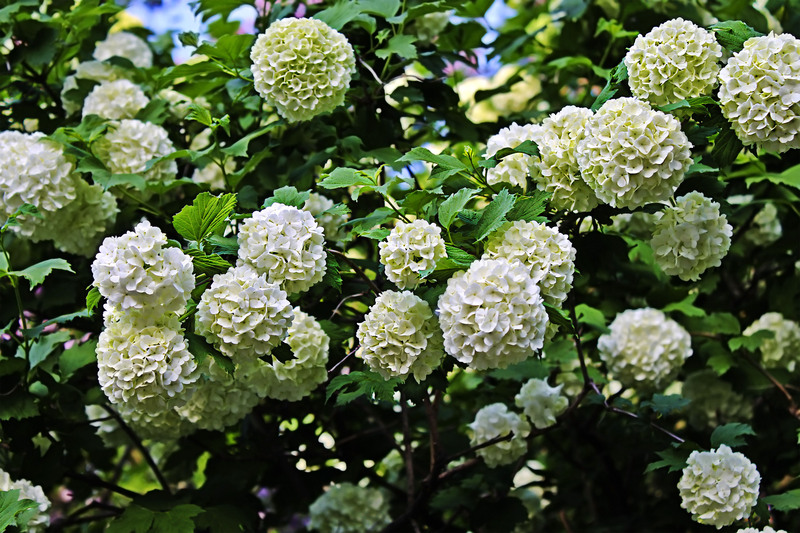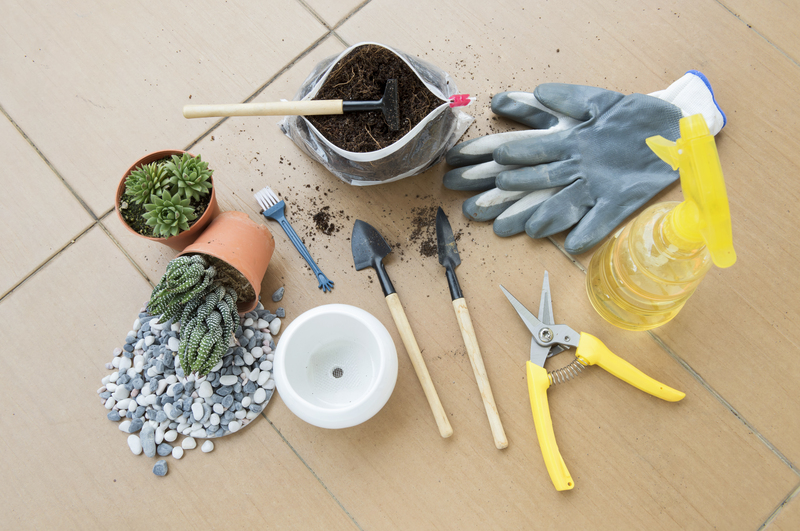Reviving Forgotten Garden Spots: 10 Easy Tips
Posted on 21/01/2025
Gardens can often be neglected over time, especially in our busy, modern lives. However, bringing your forgotten garden spots back to life does not have to be a daunting task. By following a few straightforward steps, you can transform an overgrown, lackluster area into a vibrant oasis. Below are ten easy tips to breathe new life into your garden.
1. Assess the Area
Before making any changes, take a good look at the space you have. Document the size, shape, and current condition of the garden area. Note the type of soil, amount of sunlight, and existing plants. This initial assessment will guide your planning and ensure that your efforts are well-directed.

2. Clear the Clutter
One of the most immediate ways to revive a neglected garden is to remove any debris, old plants, and weeds. Clearing clutter not only improves the visual appeal but also allows new plants to thrive without competition. Rent a dumpster if needed and involve the whole family to speed up the process.
3. Improve Soil Health
Healthy soil is the foundation of any thriving garden. Conduct a soil test to determine nutrient levels and pH balance. Based on the results, amend the soil with organic matter, compost, or specific fertilizers to ensure it is rich and well-draining. Good soil will support robust plant growth and vibrant blooms.
4. Plan for Diversity
A diverse garden not only looks appealing but also promotes a healthy ecosystem. Incorporate a mix of perennials, annuals, shrubs, and trees. Make sure to include plants that are native to your area, as they are more likely to thrive with less maintenance.
5. Create a Focal Point
Every good garden needs a focal point - a feature that draws the eye and provides a sense of structure. This could be a water feature, a bench, a statue, or even a particularly striking plant. A focal point can act as the centerpiece around which the rest of your garden design revolves.
6. Prune and Trim Overgrown Plants
If your garden has existing plants that have become overgrown, take the time to prune and trim them. This will not only improve their appearance but also encourage new growth. Make sure to use the correct tools and techniques for each type of plant to avoid damaging them.
7. Incorporate Mulching
Mulching is a simple but effective way to retain soil moisture, suppress weeds, and improve the overall appearance of your garden. Apply a layer of organic mulch, such as wood chips or straw, around your plants. Not only does this provide a neat and tidy look, but it also benefits the soil and plant health.
8. Add Paths and Walkways
Adding paths and walkways can greatly enhance the usability and aesthetics of your garden. They define spaces, make navigation easier, and can even become a design feature in their own right. Use materials like gravel, stone, bricks, or wood to create paths that complement your garden's style.
9. Water Wisely
Once your garden is planted, proper watering is crucial to its health and vitality. Water deeply but infrequently to encourage deep root growth. Consider installing a drip irrigation system to provide efficient and targeted watering. Mulch can also help retain moisture, reducing the need for frequent watering.

10. Regular Maintenance
A beautiful garden requires regular maintenance. Set aside time each week for tasks such as weeding, watering, and checking for pests. Simple routine care can prevent minor issues from becoming major problems and keep your garden in top condition year-round.
Conclusion
Reviving a forgotten garden spot can be a rewarding endeavor, bringing beauty and tranquility to your outdoor space. By following these ten easy tips, you can transform a neglected area into a lush, vibrant garden. Remember, the key to successful gardening is planning, patience, and regular care. Happy gardening!




